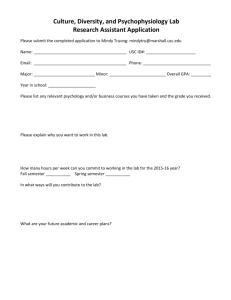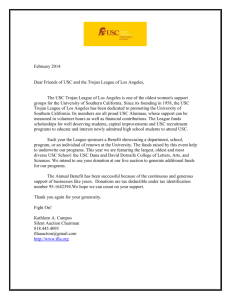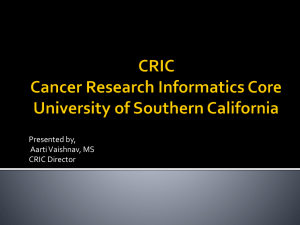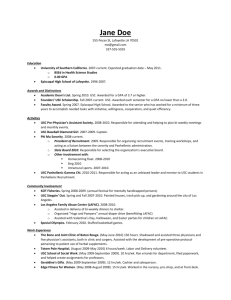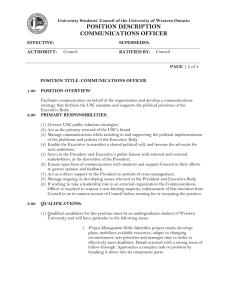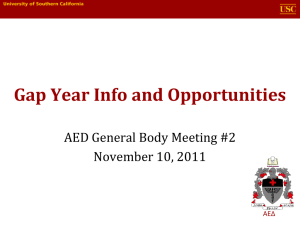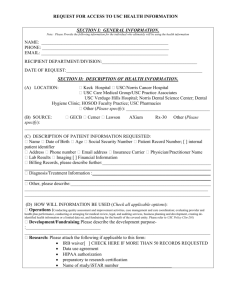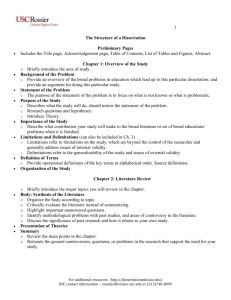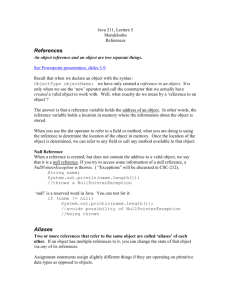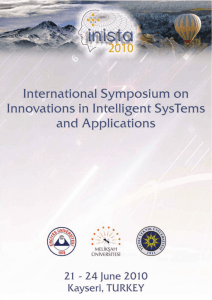English Language Arts - Northern Lights School Division #113
advertisement
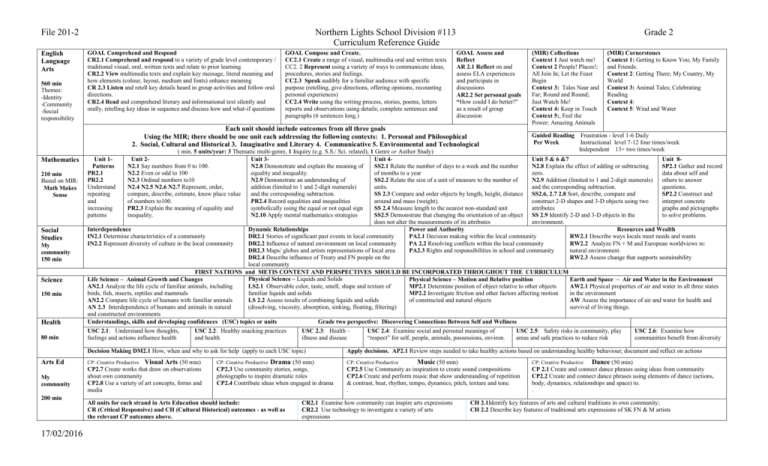
File 201-2 English Language Arts 560 min Themes: -Identity -Community -Social responsibility Northern Lights School Division #113 Curriculum Reference Guide GOAL Comprehend and Respond CR2.1 Comprehend and respond to a variety of grade level contemporary / traditional visual, oral, written texts and relate to prior learning CR2.2 View multimedia texts and explain key message, literal meaning and how elements (colour, layout, medium and fonts) enhance meaning CR 2.3 Listen and retell key details heard in group activities and follow oral directions. CR2.4 Read and comprehend literary and informational text silently and orally, retelling key ideas in sequence and discuss how and what-if questions GOAL Compose and Create. CC2.1 Create a range of visual, multimedia oral and written texts CC2. 2 Represent using a variety of ways to communicate ideas, procedures, stories and feelings. CC2.3 Speak audibly for a familiar audience with specific purpose (retelling, give directions, offering opinions, recounting personal experiences) CC2.4 Write using the writing process, stories, poems, letters reports and observations using details; complete sentences and paragraphs (6 sentences long.) Grade 2 GOAL Assess and Reflect AR 2.1 Reflect on and assess ELA experiences and participate in discussions AR2.2 Set personal goals “How could I do better?” as a result of group discussion Each unit should include outcomes from all three goals Using the MIR; there should be one unit each addressing the following contexts: 1. Personal and Philosophical 2. Social, Cultural and Historical 3. Imaginative and Literary 4. Communicative 5. Environmental and Technological Mathematics 210 min Based on MIR: Math Makes Sense Social Studies My community 150 min Science 150 min Health 80 min Guided Reading Frustration - level 1-6 Daily Per Week Instructional level 7-12 four times/week Independent 13+ two times/week ( min. 5 units/year: 3 Thematic multi-genre, 1 Inquiry (e.g. S.S./ Sci. related), 1 Genre or Author Study) Unit 2Unit 3Unit 4Unit 5 & 6 &7 Unit 8N2.1 Say numbers from 0 to 100. N2.8 Demonstrate and explain the meaning of SS2.1 Relate the number of days to a week and the number N2.8 Explain the effect of adding or subtracting SP2.1 Gather and record N2.2 Even or odd to 100 equality and inequality. of months to a year zero. data about self and N2.3 Ordinal numbers to10 N2.9 Demonstrate an understanding of SS2.2 Relate the size of a unit of measure to the number of N2.9 Addition (limited to 1 and 2-digit numerals) others to answer N2.4 N2.5 N2.6 N2.7 Represent, order, addition (limited to 1 and 2-digit numerals) units. and the corresponding subtraction. questions. compare, describe, estimate, know place value and the corresponding subtraction. SS 2.3 Compare and order objects by length, height, distance SS2.6, 2.7 2.8 Sort, describe, compare and SP2.2 Construct and of numbers to100. PR2.4 Record equalities and inequalities around and mass (weight). construct 2-D shapes and 3-D objects using two interpret concrete PR2.3 Explain the meaning of equality and symbolically using the equal or not equal sign SS 2.4 Measure length to the nearest non-standard unit attributes graphs and pictographs inequality. N2.10 Apply mental mathematics strategies SS2.5 Demonstrate that changing the orientation of an object SS 2.9 Identify 2-D and 3-D objects in the to solve problems. does not alter the measurements of its attributes environment. Interdependence Dynamic Relationships Power and Authority Resources and Wealth IN2.1 Determine characteristics of a community DR2.1 Stories of significant past events in local community PA2.1 Decision making within the local community RW2.1 Describe ways locals meet needs and wants IN2.2 Represent diversity of culture in the local community DR2.2 Influence of natural environment on local community PA 2.2 Resolving conflicts within the local community RW2.2 Analyze FN + M and European worldviews re: DR2.3 Maps/ globes and artists representations of local area PA2.3 Rights and responsibilities in school and community natural environment. DR2.4 Describe influence of Treaty and FN people on the RW2.3 Assess change that supports sustainability local community FIRST NATIONS and METIS CONTENT AND PERSPECTIVES SHOULD BE INCORPORATED THROUGHOUT THE CURRICULUM Physical Science – Liquids and Solids Life Science – Animal Growth and Changes Physical Science – Motion and Relative position Earth and Space – Air and Water in the Environment AN2.1 Analyze the life cycle of familiar animals, including LS2.1 Observable color, taste, smell, shape and texture of MP2.1 Determine position of object relative to other objects AW2.1 Physical properties of air and water in all three states birds, fish, insects, reptiles and mammals familiar liquids and solids MP2.2 Investigate friction and other factors affecting motion in the environment AN2.2 Compare life cycle of humans with familiar animals LS 2.2 Assess results of combining liquids and solids of constructed and natural objects AW Assess the importance of air and water for health and AN 2.3 Interdependence of humans and animals in natural (dissolving, viscosity, absorption, sinking, floating, filtering) survival of living things. and constructed environments Understandings, skills and developing confidences (USC) topics or units Grade two perspective: Discovering Connections Between Self and Wellness USC 2.1: Understand how thoughts, USC 2.2: Healthy snacking practices USC 2.3: Health – USC 2.4: Examine social and personal meanings of USC 2.5: Safety risks in community, play USC 2.6: Examine how feelings and actions influence health and health illness and disease “respect” for self, people, animals, possessions, environ. areas and safe practices to reduce risk communities benefit from diversity Decision Making DM2.1 How, when and why to ask for help (apply to each USC topic) CP: Creative Productive My community CP2.7 Create works that draw on observations about own community CP2.8 Use a variety of art concepts, forms and media 17/02/2016 (MIR) Cornerstones Context 1: Getting to Know You; My Family and Friends. Context 2: Getting There; My Country, My World Context 3: Animal Tales; Celebrating Reading Context 4: Context 5: Wind and Water Unit 1Patterns PR2.1 PR2.2 Understand repeating and increasing patterns Arts Ed 200 min (MIR) Collections Context 1 Just watch me! Context 2 People! Places!; All Join In; Let the Feast Begin Context 3: Tales Near and Far; Round and Round; Just Watch Me! Context 4: Keep in Touch Context 5:, Feel the Power; Amazing Animals Visual Arts (50 min) CP: Creative Productive Drama (50 min) CP2.3 Use community stories, songs, photographs to inspire dramatic roles CP2.4 Contribute ideas when engaged in drama All units for each strand in Arts Education should include: CR (Critical Responsive) and CH (Cultural Historical) outcomes - as well as the relevant CP outcomes above. Apply decisions. AP2.1 Review steps needed to take healthy actions based on understanding healthy behaviour; document and reflect on actions Music (50 min) CP2.5 Use Community as inspiration to create sound compositions CP2.6 Create and perform music that show understanding of repetition & contrast, beat, rhythm, tempo, dynamics, pitch, texture and tone. . CP: Creative Productive CR2.1 Examine how community can inspire arts expressions CR2.2 Use technology to investigate a variety of arts expressions Dance (50 min) CP 2.1 Create and connect dance phrases using ideas from community CP2.2 Create and connect dance phrases using elements of dance (actions, body, dynamics, relationships and space) to. . CP: Creative Productive CH 2.1Identify key features of arts and cultural traditions in own community; CH 2.2 Describe key features of traditional arts expressions of SK FN & M artists
